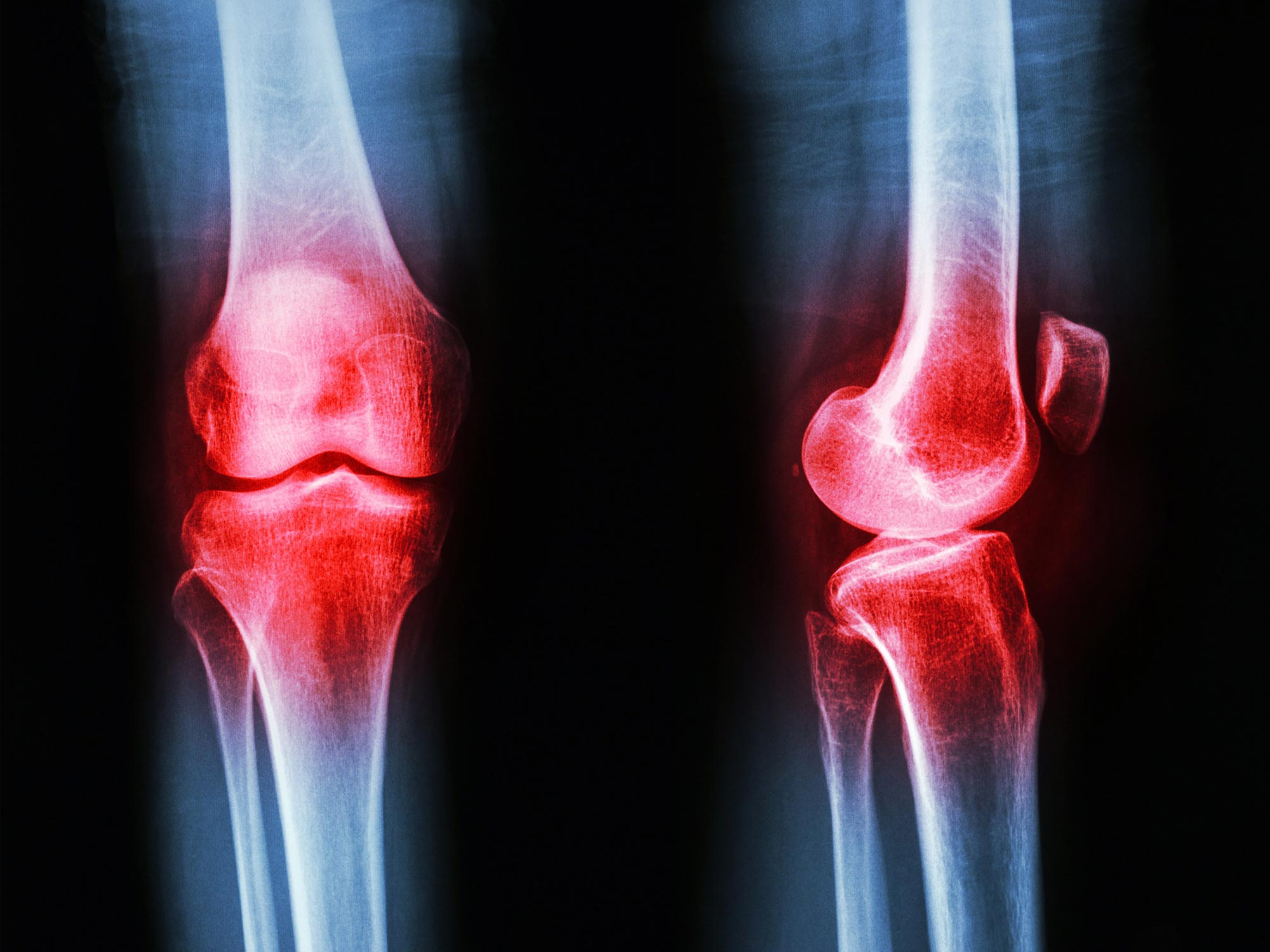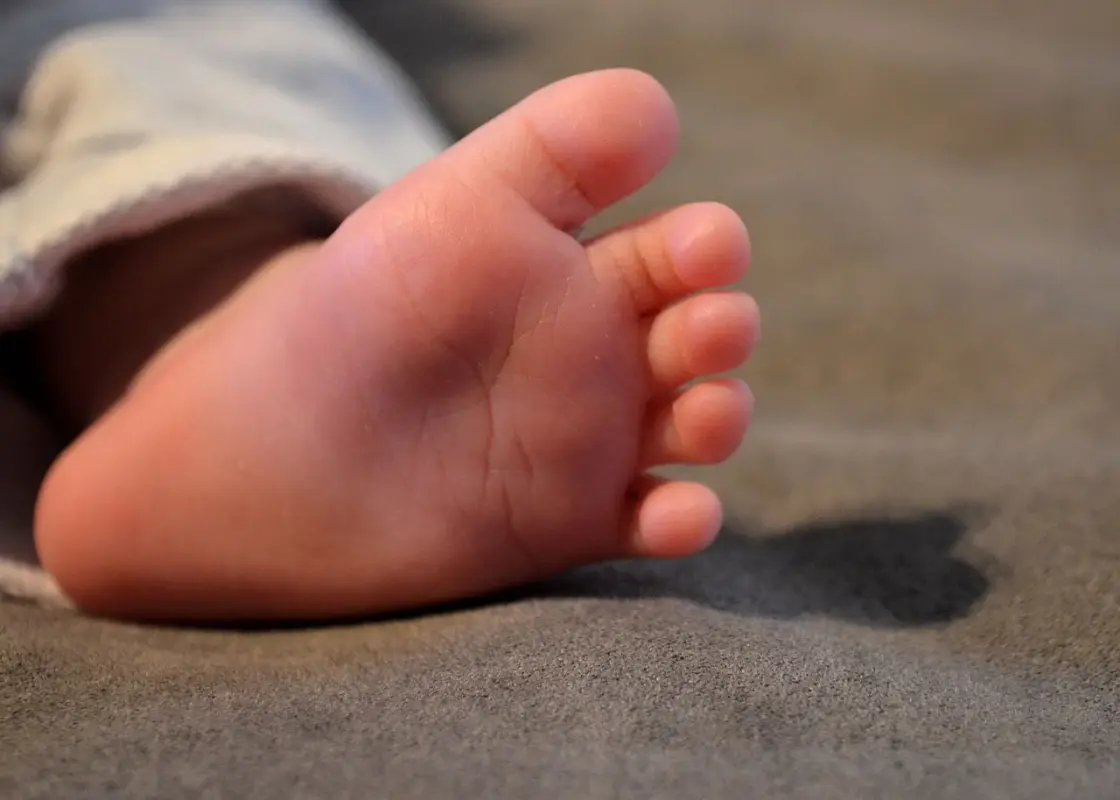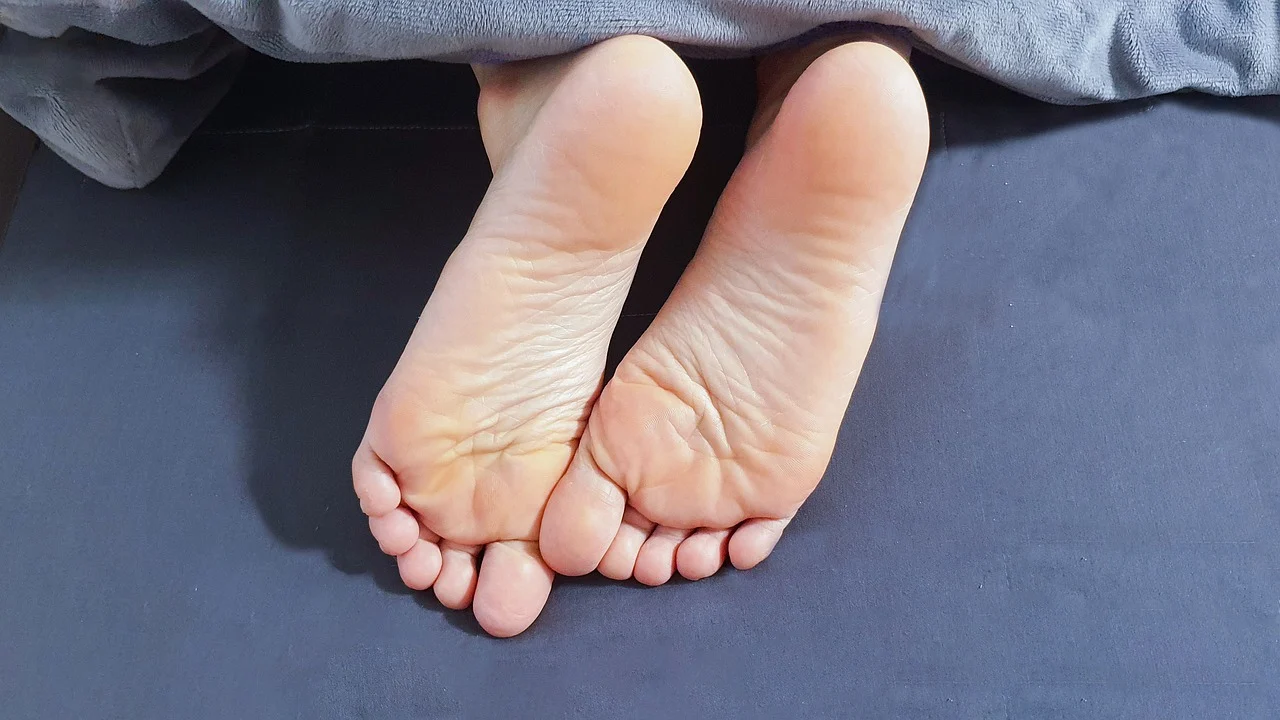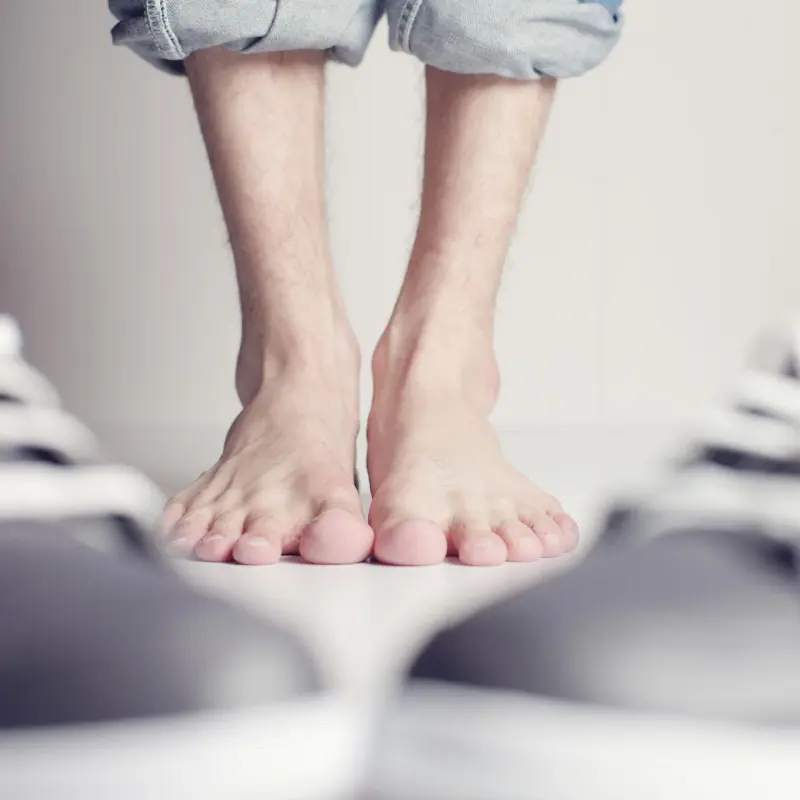7 best electric calf and foot massagers under Rs.5000

Looking for an effective way to soothe your tired feet and calves? Check out these top-rated electric calf and foot massagers 2023 that are all under Rs.5000. From powerful therapeutic massage rollers to adjustable vibration options, these best foot massagers are designed to provide you with the utmost comfort and relaxation.
Posted by on 2023-02-16
Foot & Ankle Center Announces Grand Opening of Offices in St. George, UT

About Cameron Foot & Ankle Cameron Foot & Ankle has the experience to treat all foot and ankle concerns such as foot & ankle pain, heel pain, toenail fungus, hammertoes, ingrown toenails, and many more. They believe in a conservative approach to podiatry, evaluating all options for treatment before surgery.
Posted by on 1970-01-01
Toe Jam: Symptoms, Causes, and Treatment
:max_bytes(150000):strip_icc()/GettyImages-1372701898-18533302d2f44bf4ad282000a9da892e.jpg)
Toe jam is a colloquial term for lint, dirt, and other debris that accumulates between toes. Learn about toe jam symptoms, causes, and treatment.
Posted by on 1970-01-01
Common Arthritis Treatment May Actually Accelerate Disease Progression

Two recent studies have shown that corticosteroid injections, which are commonly used to treat the pain associated with knee osteoarthritis, may actually contribute to the progression of the disease. These findings were recently presented at the annual meeting of the Radiological Society of North Am
Posted by on 2022-12-28




